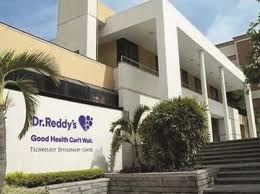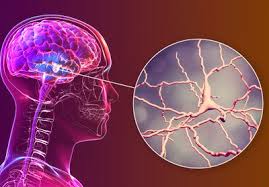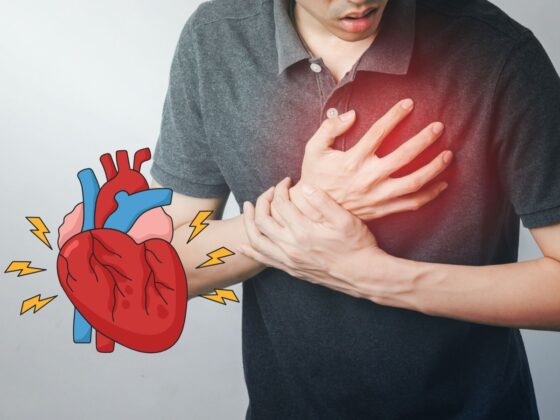April 11th marks World Parkinson’s Disease Day, a day dedicated to raising awareness about Parkinson’s disease and its impact on individuals, families, and communities worldwide. Parkinson’s disease is a progressive neurological disorder that affects movement, causing tremors, stiffness, and difficulty with balance and coordination. While there is currently no cure for Parkinson’s disease, advancements in treatment and technology offer hope for those living with the condition.
Parkinson’s disease is a complex condition that affects the brain’s ability to control movement. It occurs when nerve cells in the brain that produce dopamine, a chemical messenger responsible for smooth and coordinated muscle movement, become impaired or die. As dopamine levels decrease, individuals experience symptoms such as tremors, rigidity, slowness of movement, and difficulty with balance and coordination.
Symptoms of Parkinson’s Disease
The symptoms of Parkinson’s disease can vary from person to person and may develop gradually over time. Some common signs to watch for include:
- Tremors: Involuntary shaking, usually starting in the hands or fingers.
- Rigidity: Stiffness or inflexibility in the limbs and joints.
- Bradykinesia: Slowness of movement, making everyday tasks more challenging.
- Postural instability: Difficulty maintaining balance and coordination, leading to falls.
- Other symptoms: Changes in speech, writing, and facial expressions, as well as cognitive and emotional changes.
Dr. Anshu Rohatgi, Senior Neurologist at Sir Ganga Ram Hospital, said, “Parkinson’s disease usually presents with tremors as the primary symptom, which typically occur unilaterally, either on the right or left side of the body. However, if tremors occur predominantly in one hand or one side of the body, along with stiffness or stiffness in the body, it could be an early sign. Additionally, there may be a slowing down of activities that one would normally perform quickly. Loss of balance, leading to a tendency to fall, and reduced facial expressions or blinking may also be initial signs. It’s important to note that not all patients with Parkinson’s disease experience all of these symptoms, and the presentation can vary from person to person.”
Age Bracket for Parkinson’s
While Parkinson’s disease can affect people of all ages, it most commonly develops in individuals over the age of 60. However, younger individuals can also be diagnosed with early-onset Parkinson’s disease. Certain factors, such as genetics, environmental exposures, and a history of head injuries, may increase the risk of developing the condition.
According to Dr. Rohatgi, “In the Western population, Parkinson’s disease is commonly seen after the age of 60. However, in the Indian population, it tends to occur around 10 years earlier, with cases observed in individuals aged 50 and above. There are also rare genetic variations of Parkinson’s disease, as well as young-onset Parkinson’s, which can manifest in individuals as young as 20 or 30 years old. These genetic variations represent a distinct category and may have different clinical features.”
Treatment for Parkinson’s
While there is no cure for Parkinson’s disease, treatment aims to manage symptoms and improve quality of life. Medications such as levodopa, dopamine agonists, and MAO-B inhibitors can help replace dopamine in the brain or enhance its effects. Physical therapy, occupational therapy, and speech therapy can also be beneficial in managing symptoms and maintaining mobility.
Dr. Rohatgi shared, “As of 2024, there are various treatment options available for Parkinson’s disease, including medications such as levodopa and dopamine agonists, which are used in different combinations. For patients who do not benefit from these medications or experience side effects, surgical options such as deep brain stimulation (DBS) can be considered. Research is ongoing into novel treatments, including neural cell transplants, but conclusive evidence is still pending.”
Technological Advancements
In recent years, technological advancements have revolutionized the management of Parkinson’s disease. Wearable devices, such as smartwatches and motion sensors, can monitor movement patterns and provide real-time feedback to both patients and healthcare providers. Deep brain stimulation (DBS) therapy, a surgical treatment that involves implanting electrodes in the brain, has also shown promising results in reducing symptoms and improving quality of life for some individuals with Parkinson’s disease.
Dr. Rohatgi, explains, “Advancements in technology have led to improvements in diagnosis, with tests such as dopamine scans aiding in the identification of changes in the brain associated with Parkinson’s disease. In addition to traditional medications, newer formulations are being developed, which may offer benefits to patients. Non-invasive therapies like ultrasound-based treatments are also showing promise in controlling tremors.”
“Overall, the three main cornerstones of treatment for Parkinson’s disease are medical management, physical therapy, and surgical interventions. With ongoing research and advancements, there is hope for improved outcomes and quality of life for individuals living with Parkinson’s disease”, he concluded.
As we observe World Parkinson’s Disease Day, let us come together to raise awareness, support individuals living with Parkinson’s disease, and advocate for continued research and innovation. While Parkinson’s disease presents unique challenges, advances in treatment and technology offer hope for a brighter future. By working together, we can strive towards a world where Parkinson’s disease no longer stands in the way of living life to the fullest.











